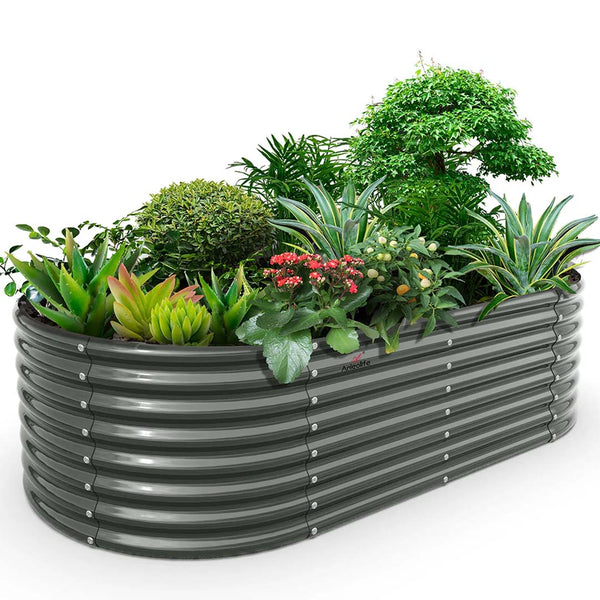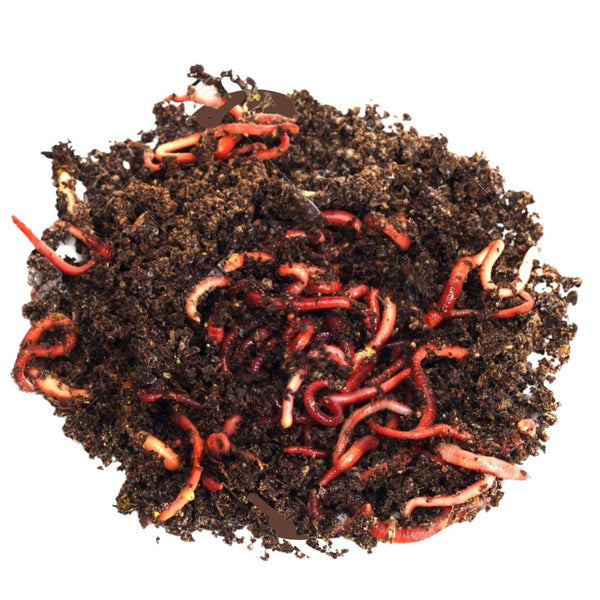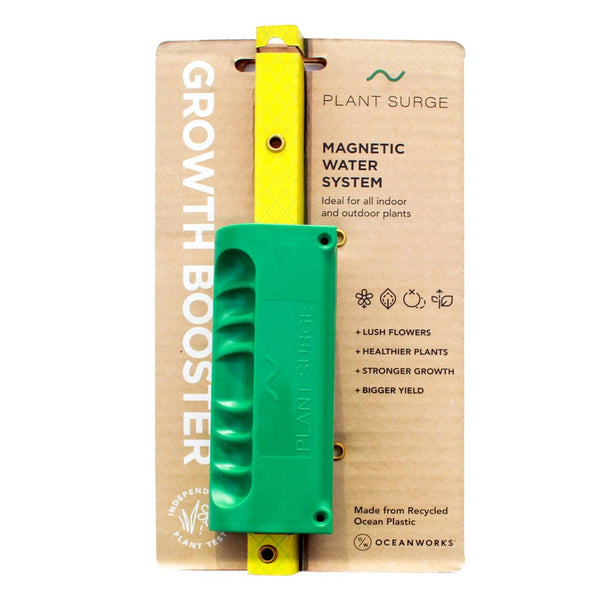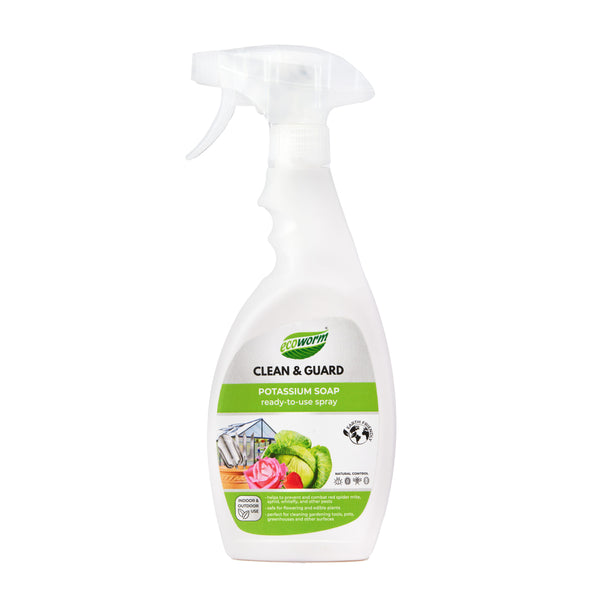The Aeration Revolution: Rice Hulls That Transform Clay Soil Into Perfect Growing Medium

Rice Hulls in Gardening
Introduction to Rice Hulls
Rice hulls, or husks if you like keeping it fancy, are the outer shells of rice grains that folks usually toss away. They might look like nothing special, but in the world of gardening, they're kind of a big deal. Packed with carbon, these bad boys bring a load of goodness to your garden. Let's take a look at how these unsung heroes are switching up how we handle soil in our gardens, especially those trendy raised beds.
Benefits of Using Rice Hulls
Rice hulls in your garden are like that secret ingredient in grandma's pie—game-changing. They make your soil better and your plants happier. Here’s what they bring to the party:
1. Soil Fixer-Upper
Rice hulls are top-notch at boosting soil quality. They make your dirt loose and fluffy, perfect for folks who avoid tilling and want to go all natural.
| Benefits | % Improvement |
|---|---|
| Soil Airflow | 40% |
| Soil Puffiness | 30% |
| Water Hug | 20% |
2. Sips Less, Holds More
Plants need water, but too much or too little turns them into drama queens. Rice hulls are like mini sponges that hold onto water, so you don't have to keep rushing out with your watering can. This is magic for both backyard gardeners and city slickers with rooftop oases.
3. Slow-Mo Nutrients
When mixed into compost, rice hulls play it cool—releasing nutrients slowly over time. This means your plants get a steady diet without you micro-managing their meals. It's a thumbs-up for the plant parents chasing that organic badge of honor.
4. Mother Nature’s Little Helpers
Rice hulls bring all the helpful bugs and worms to your yard. They fluff up the ecosystem underground, making your soil a lively spot and keeping your plants in the VIP lounge. No-till gardeners will love using them to nurture a wholesome, breathing soil community.
5. A Green Friend
Using rice hulls is like giving the environment a high-five. They reuse farm leftovers, which means less waste heading to the dump. It’s a planet-friendly move that cuts down on waste and fits in snug with eco-friendly gardening beliefs (Wikipedia).
Curious to learn more about how rice husks could brighten up your garden? We’ve got more details on the benefits of rice husk.
Rice hulls really up the game for creating a lively, green garden. They’re perfect whether you’re growing food in the backyard, setting up an urban pot paradise, or turning your homestead into the envy of the neighborhood. For insider tips on snagging some rice hulls, head over to our page on where to buy rice hulls.
Practical Applications of Rice Hulls
Rice hulls? Oh, we've got a bag full of tricks and tips for these little fellas! Here's the lowdown on where rice hulls really show their grit: beefing up your garden soil, creating some mean biochar, and whipping up some energy to boot.
Rice Hulls in Soil Amendment
When it comes to sprucing up your soil, rice hulls are the unsung heroes (ECHO Community). These guys know how to boost your dirt game, making it just right for those seedlings and blossoms. Their big talents in your garden toolbox include:

- Upping how much water your soil can hold without turning all marshy.
- Helping nutrients stick around longer, like keeping the party going for your plants.
- Loosening things up, so roots can stretch out and get comfy.
- Saying no to spongy soil by keeping things light and fluffy.
For a deeper dive into all that hull action, meander over to our article about adding rice hulls to soil.
| Benefit | What's the Deal? |
|---|---|
| Water Retention | Keeps your dirt moist, so you won't be out there watering all day |
| Nutrient Retention | Makes sure your plants eat well without the buffet drying up |
| Soil Structure | Let's air in and moves water about just right |
| Compaction Reduction | Avoids packed, tight-knit soils that squash roots |
Rice Hulls as Biochar
If you’re turning rice hulls into biochar through pyrolysis, you’re onto something smart here. This miraculous black gold made from rice hulls ups the soil game with:
- Boosting your soil's vitamin levels so plants gobble up what they need.
- Being a sponge for water and food (not literally, don’t squeeze it).
- Throwing a barbeque for soil microbes, encouraging a bustling critter neighborhood.
Biochar’s like treating your plants to a health spa. Want in on the full scoop? Peek at our guide about rice hull soil.
Rice Hulls for Energy Production
Rice hulls come packed with carbon goodness – just what’s needed to fire up the energy machine. Whether you’re burning or gasifying them, here’s what you can do:
- Warm up the house with biomass energy.
- Get some electricity doing its thing with gasification.
- Flick the switch on stoves and boilers by burning 'em directly.
Turning rice hulls into energy isn’t only planet-friendly – it’s like turning waste into wonders, keeping those itchy hulls out of the dump. For more on how to make this work, swing by our segment on rice hull specialty products.
Rice hulls might just be tiny, but they’re packed with potential, whether you're aiming to boost your garden's vibe or power up greener energy solutions. If you’re interested in what these nifty hulls can do for you, take a look at the rice hulls for sale we have in stock.























